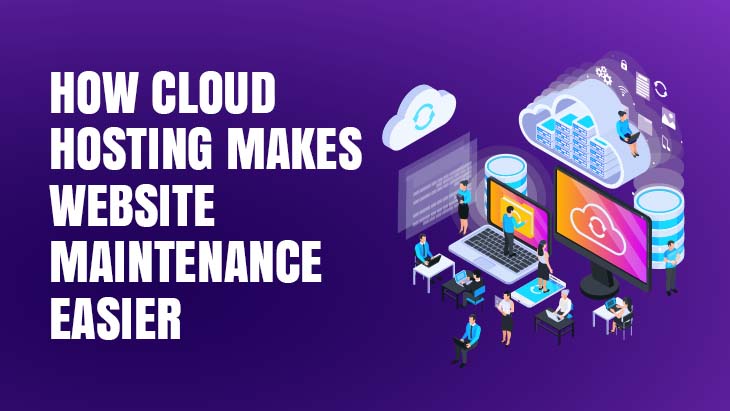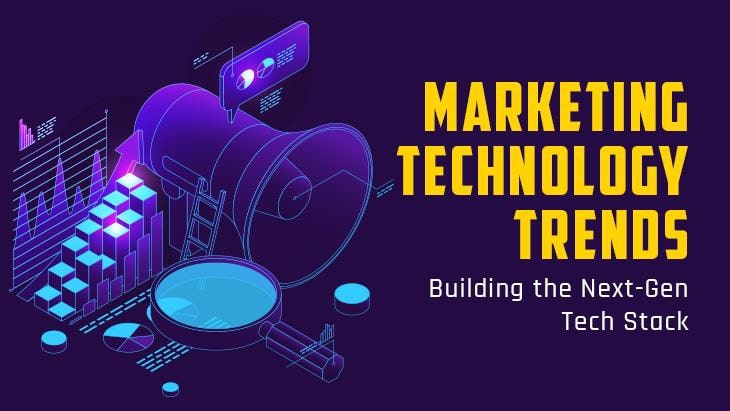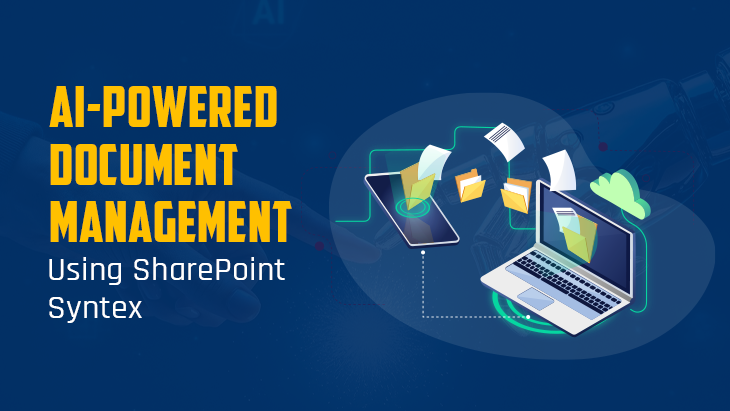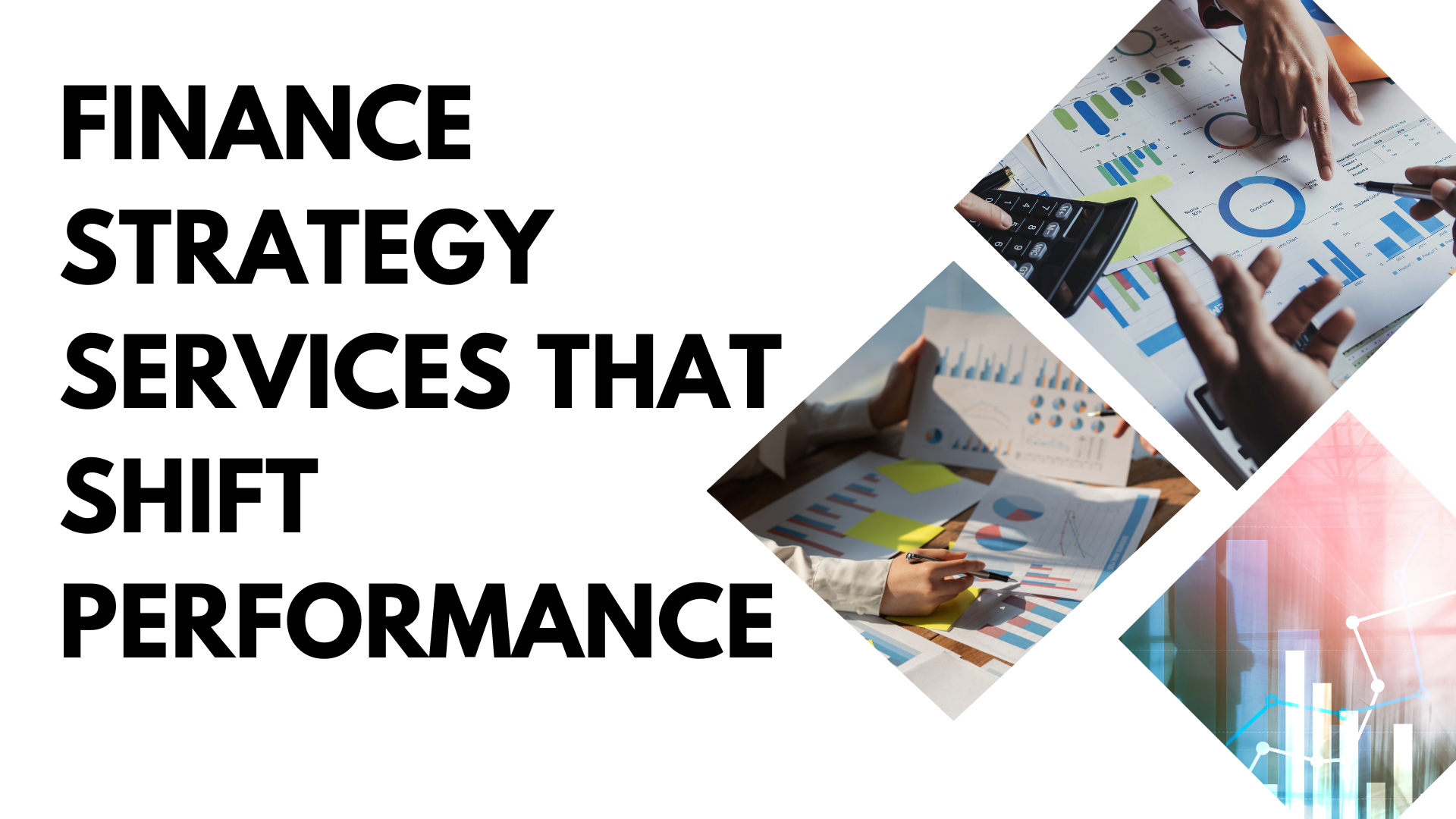NetSuite is a powerful tool for managing various aspects of business operations, from accounting and finance to customer relationship management and e-commerce. However, integrating NetSuite with other systems can present challenges that may hinder efficiency and productivity if not addressed effectively. In this guide, we will explore common challenges encountered during NetSuite integration and provide actionable strategies to avoid or overcome them.
Understanding NetSuite Integration:
Before delving into the specific challenges, it's essential to grasp the fundamentals of NetSuite integration. NetSuite offers robust integration capabilities through its SuiteTalk API, which allows seamless communication between NetSuite and external systems. Integration typically involves synchronizing data, automating workflows, and streamlining business processes across multiple platforms.
Common Challenges in NetSuite Integration:
1. Data Mapping and Transformation: One of the primary challenges in NetSuite integration is mapping data fields between different systems and ensuring compatibility. Each system may have its own data structure, terminology, and format, making it challenging to align data accurately. Moreover, data transformation may be necessary to convert data from one format to another, adding complexity to the integration process.
To address this challenge, thorough planning and documentation are essential. Start by identifying the data fields to be synchronized and creating a data mapping schema that defines how each field will be mapped between systems. Utilize tools and technologies that support data transformation to automate the process wherever possible, reducing manual effort and minimizing errors.
2. System Customization and Configuration: NetSuite offers extensive customization options to tailor the system to the unique needs of each business. While this flexibility is beneficial, it can also complicate integration efforts, especially when integrating with heavily customized instances of NetSuite or other systems.
To mitigate this challenge, conduct a comprehensive analysis of existing customizations and configurations in both NetSuite and the external systems. Identify any potential conflicts or dependencies that may arise during integration and develop a plan to resolve them proactively. In some cases, it may be necessary to streamline or refactor existing customizations to simplify integration and improve compatibility.
3. Integration Complexity and Scalability: As businesses grow and evolve, the complexity and scale of integration requirements may increase accordingly. Integrating NetSuite with a growing number of systems, applications, and data sources can become increasingly challenging, especially without a scalable integration architecture in place.
To address this challenge, adopt a modular and scalable approach to integration architecture. Design integration workflows that can accommodate future growth and expansion without requiring significant rework or redevelopment. Leverage middleware platforms and integration tools that offer scalability features such as auto-scaling and distributed processing to handle increased integration loads effectively.
4. Data Synchronization and Consistency: Maintaining data integrity and consistency across integrated systems is crucial for ensuring accurate reporting and decision-making. However, data synchronization issues such as duplicate records, data conflicts, and out-of-sync data can occur during the integration process, leading to data discrepancies and errors.
To mitigate this challenge, implement robust data synchronization mechanisms that enforce data consistency and integrity. Utilize data validation rules, duplicate detection algorithms, and data reconciliation processes to identify and resolve synchronization issues proactively. Implementing real-time or near-real-time data synchronization techniques can also help minimize the risk of data inconsistency across integrated systems.
5. Security and Compliance: Security and compliance considerations are paramount when integrating NetSuite with external systems, especially when sensitive or confidential data is involved. Ensuring data privacy, protection, and regulatory compliance across integrated systems is essential to prevent data breaches and regulatory violations.
To address this challenge, implement robust security measures and access controls to safeguard sensitive data during transit and at rest. Encrypt data transmissions using industry-standard encryption protocols such as SSL/TLS to prevent unauthorized access and eavesdropping. Implement role-based access controls (RBAC) and data masking techniques to restrict access to sensitive data based on user roles and permissions.
Conclusion:
Successfully integrating NetSuite with external systems requires careful planning, diligent execution, and ongoing maintenance. By understanding and addressing common integration challenges such as data mapping, system customization, integration complexity, data synchronization, and security, businesses can streamline their integration efforts and maximize the value of their NetSuite investment. With the right strategies and tools in place, businesses can navigate NetSuite integration challenges effectively and achieve seamless integration across their entire ecosystem.
















Post Comments